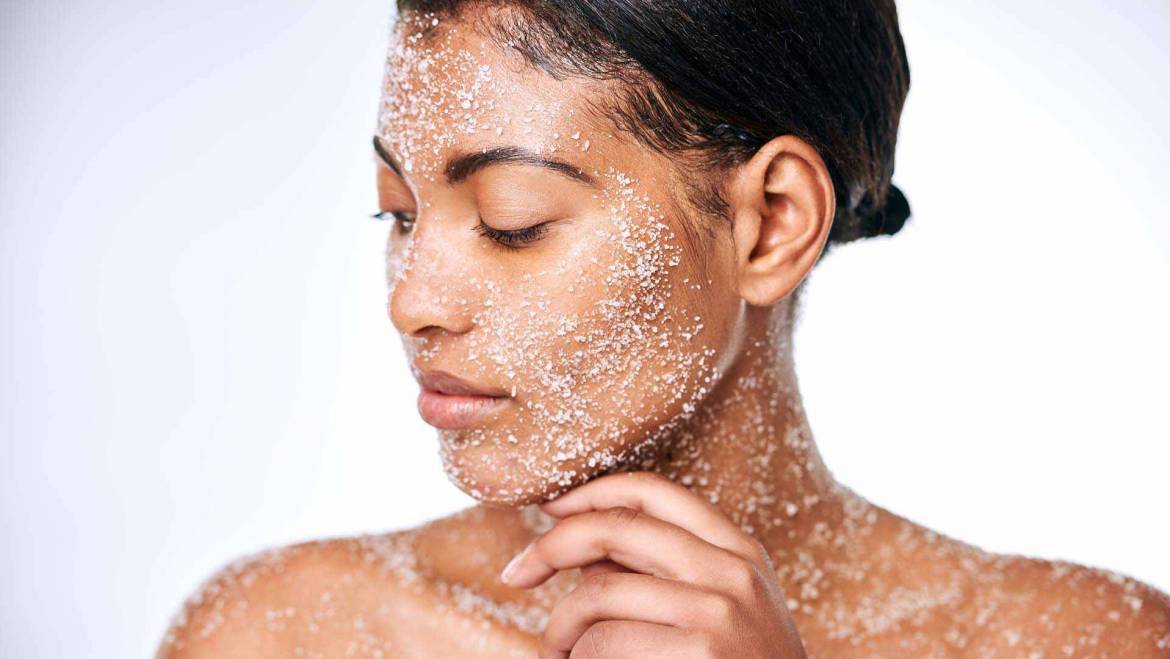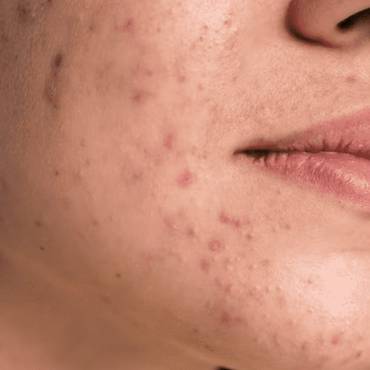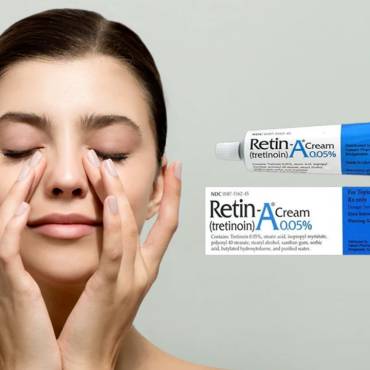How to remove dead skin from face? Dead skin cells shed in a way that follows a normal shedding process. In this article, you will learn about how to exfoliate facial skin to remove dead skin from the face.
How to Effectively Remove Dead Skin from Your Face
Dead skin results from a lack of moisture, leading to dry skin. None of us likes the appearance of dead skin! While it is not a serious problem, it may be a matter of concern for some of us. Regular exfoliation is the key to getting rid of dull and dead skin on the face. Continue to read to find out more.
As many believe, including a cleansing, toning, and moisturizing routine in your daily skincare regimen is enough to make your skin spotless and flawless. However, exfoliation gives you radiant and glowing skin. Moreover, it is important to exfoliate not just your face but the entire body.
Our skin undergoes modifications throughout life because of external physiological stimuli. The chronological and environmental overlap during a person’s lifetime and are responsible for the dysfunction of the skin’s natural self-protection mechanism and repairing capacity. Just our hair, nails, and other body parts, your skin tends to constantly renew to repair skin damage, protect your skin from damage, and protect your body from fungi, bacteria, and other pathogens. Usually referred to as epidermal turnover, your skin’s renewing process is complex.
New skin cells are formed inside your skin, with these new cells rising to the surface over time, replacing the older ones. Skin cell turnover is key to keeping your skin healthy and maintaining a smooth and youthful appearance. Unfortunately, this process often leaves behind unwanted dead skin cells. Over time, these dead skin cells can accumulate on your face and other body parts, leading to acne breakouts, premature ageing, and other undesired effects.
Exfoliation Is the Key!
Removing dead skin from the face through exfoliation is necessary, irrespective of skin type. So, how do you get the dead skin off the face? Exfoliation helps keep your skin soft and unclog the pores, thus reducing the risk of blackheads, whiteheads, and acne vulgaris. Exfoliation helps you rapidly remove dead skin from face from the upper layer of the skin. With exfoliation, one can also remove dead skin from feet. However, people must be careful while using an exfoliant, as these exfoliators can easily damage or irritate the skin.
How to Exfoliate Your Skin
If someone chooses to exfoliate their face, there are some steps you should follow:
-
- Use gentle procedures specifically for your facial skin. Add mild dead skin cleanser or scrub to your skincare routine.
- Avoid the delicate skin around your eyes and on the lips.
- Make sure you begin exfoliating clean skin
There Are Two Types Of Exfoliations:
1. Manual Exfoliation
Manual exfoliation involves using hands or a tool to scrub/remove dead skin cells from the face. Below is the list of exfoliants that may be options.
-
- Using a washcloth is a good option for people with sensitive skin. You can gently moisten a washcloth with warm water, then gently rub your skin in small circles.
- A natural sponge can also eliminate dead skin cells from the face. You need to wet the sponge and then use it in small circular movements to exfoliate your facial skin. Avoid putting too much pressure as this can bring irritation. Lighter strokes may help you get rid of dead skin cells.
- Face scrub – A wide range of exfoliating scrubs are available to remove dead skin cells from the face. However, excessive use may damage the skin as the ingredients cause micro-tears and irritation. Avoid a dead skin remover that contains hard bits that can’t be dissolved, such as nutshells.
2. Chemical exfoliation
This includes using mild acid to remove dead skin cells on face. Most products on the facial skin use low levels of chemical exfoliants, so they are safe for most people. However, chemical exfoliants may not be suitable for sensitive or dry skin as they can increase dryness irritation. One should avoid using a chemical exfoliant more than once per week initially. Consulting a dermatologist may help you choose the right product. The most common types of exfoliants are:
Alpha hydroxy acid (AHA) – works by dissolving the topmost layer of the skin to reveal new skin cells.
Beta hydroxy acid (BHA) – They penetrate the pores to unclog them and are more suitable for those with oily and combination skin types. Salicylic acid is the commonly used BHA, and dermatologists use this to treat acne.
Retinol – A form of vitamin A used for various skin care treatments; Retinol is a powerful exfoliant that you can apply to treat acne. There are several acne medications and skin care products online. Buy the best medication online.
Dermatologists suggest not using AHAs, BHAs, and Retinol as they will be too harsh and cause dry skin on face. You can also ask your dermatologist about dead skin remover cream that helps promote healthy skin texture by removing dry skin layers on the skin.
Thankfully, multiple options are available when looking to remove dead skin cells. Dead skin cleansers, exfoliators, over-the-counter products, cosmetic procedures like dermabrasion and chemical peeling, etc., are some of the most popular picks to remove dead skin cells. While chemical procedures provide noticeable differences in your skin’s appearance, we advise you to stick with manual exfoliators rather than chemical ones. Also, removing dead skin through home remedies is a safe and cost-effective solution. Find the best dead skin remover for face at home.
Summary
Our skin undergoes a natural turnover cycle every thirty days or so. When this happens, the upper layer of the skin leaves dead skin cells and replaces them with new ones. These dead skin cells are shed through normal daily activities, such as pulling clothes on and off. A person is unaware of when old skin cells fall. Exfoliation is to get rid of these dead skin cells from the top layer of the skin more quickly. The best thing is that you don’t need to visit a beauty salon to do this every time. Instead, you can easily do it at home.
If you wish to exfoliate your face, gently avoid the delicate area around the eyes and lips. Overuse can be irritating even to skin that is not too sensitive. Gentle exfoliation may help to treat or prevent breakouts. You can also consult a dermatologist who can suggest the best dead skin remover for face.
Also Read: How to treat acne-prone skin in 7 days?
admin
Latest posts by admin (see all)
- What is Triluma Cream? Uses, Benefits, and How It Works for Skin - December 26, 2024
- What Causes Dark Spots? Understanding the Science of Hyperpigmentation and How Skin Lightening Products Help - December 26, 2024
- Tretinoin Gel vs. Cream: Which Formulation is Right for Your Skin? - December 20, 2024



